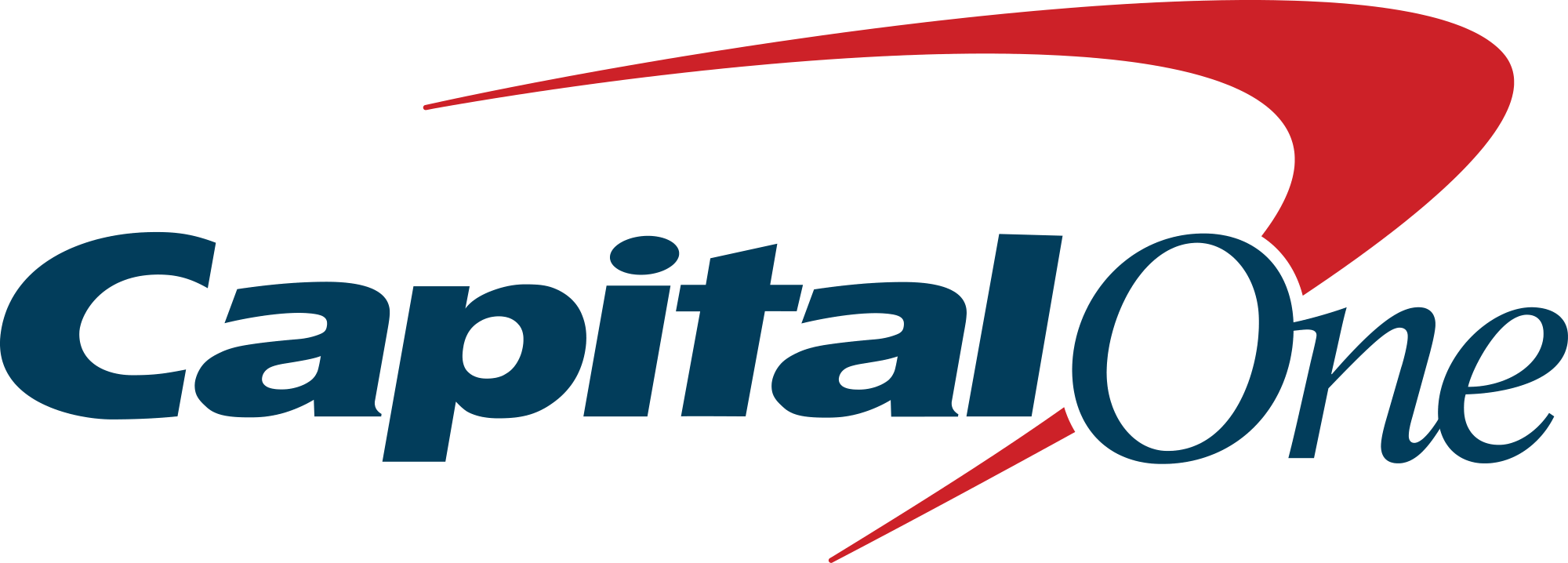How banks make money
Out of the 94 different industries in the U.S., the banking industry is the most profitable, with a gross margin of nearly 100% and net profit of approximately 30% for regional banking. The average among the other industries is about 36%. In 2023, the banking industry reported a net income of $256.9 billion.
One of the primary ways banks make money is by borrowing money from depositors at a certain interest rate and then lending that money out to borrowers at a higher interest rate. The bank makes a profit from the difference between the two interest rates.
For example, banks borrow from people who put money in a savings account at 0.45% and then lend out that money as a 30-year mortgage at 6.87%. This bank gets to keep the difference of 6.42%. This difference can be much higher for personal loans and credit cards. The less banks pay in interest, the more profit they can make, so it makes sense for them to keep rates as low as possible.
Personal savings rate
Currently, banks don't have to worry about competing for your money. Since the pandemic, the amount of cash that U.S. banks have on hand is at near-record highs. With Americans throwing money into savings, banks have little incentive to raise the savings rate.
Prior to the pandemic, cash assets at commercial banks totaled $1.8 trillion. Cash assets increased to over $4.1 trillion in December 2021, more than double the total in February 2020. Cash assets have slipped down slightly to about $3.47 trillion since the height of the pandemic, but are still near all-time highs.
While banks are sitting on tons of cash due to the pandemic, there has been a big slowdown in lending. The loan-to-deposit ratio at U.S. banks fell drastically since the start of the pandemic and reached 58% in Q2 of 2021, the lowest level according to S&P Global Market Intelligence's database, which goes back to 2003.
It has grown since then and was hovering around 64% in 2023, but less than the pre-pandemic ratio of 72.4% in the fourth quarter of 2019. This means banks are sitting on more deposits than they ever have, and many have little incentive to raise rates to attract capital.
LEARN MORE: How to Calculate Interest Rate on Savings Accounts
Banks don't need your money
The banks will also adjust the savings rate based on the supply and demand of loans and deposits, as well as the policies of the Fed. If there is plenty of supply and people are saving a lot, then the banks will not need to pay out as much interest. If people are not saving as much and the banks need more money to lend out, then they will raise savings rates to attract more depositors.
When banks need your money, they raise the savings rate to attract customers. Banks lose money when they pay out higher rates, so they keep them low in order to maximize their profits. Despite the largest increase in the federal funds rate in 20 years, banks have more money than they need, so they have continued to keep savings rates low.
Typically, high inflation leads to higher interest rates, which translate to higher savings rates as banks compete for more deposits. If banks want to decrease deposits, then they will lower interest rates. Many of the large banks currently have sufficient capital and are not actively seeking additional deposits. Until demand for loans picks up and banks see a need for more deposits, interest rates will continue to stay low.
How to find a better rate
Even though interest rates on savings accounts are low, it is important to shop around to find the best rates. In order to attract deposits, smaller financial institutions are offering their customers higher interest rates.
The primary reason why smaller banks can offer better returns is due to their smaller operations. Credit unions and online-only banks often offer higher rates because they don't have the substantial overhead costs associated with major brick-and-mortar banks.
Furthermore, there is no pressure to constantly impress shareholders.
Online banks and credit unions may offer higher rates. CD and money market accounts may also offer higher rates than savings accounts. These could also be alternatives to look into for a better rate.


